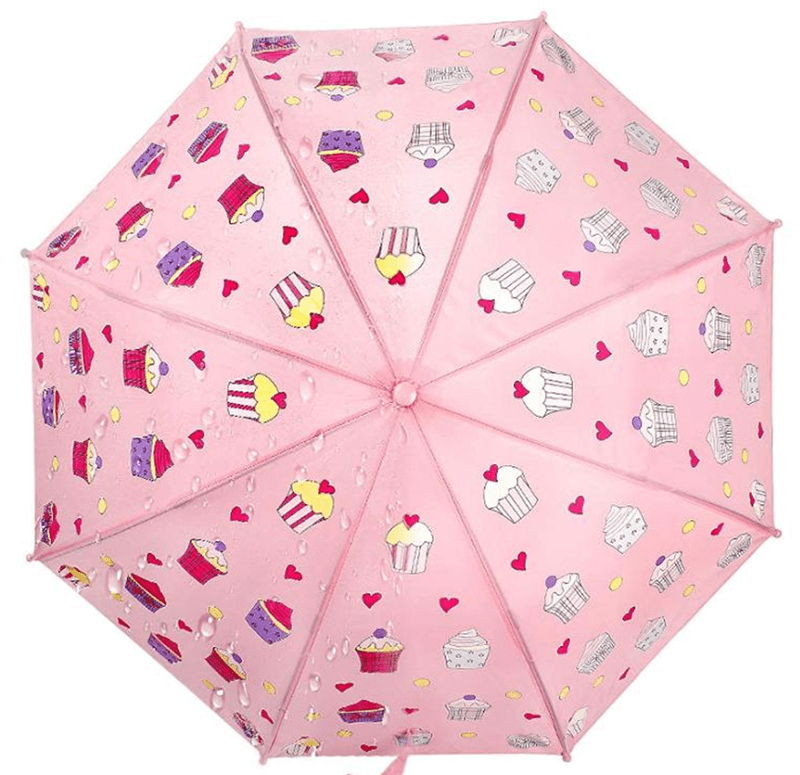6.Fabric Selection:
Choose a high-quality, water-resistant canopy fabric that can withstand prolonged exposure to rain without leaking or deteriorating. Polyester and nylon are commonly used materials.
7.Stitching and Seams:
Ensure that the stitching and seams are robust and reinforced, as weak seams can lead to water leakage and reduced durability.
8.Handle Material:
Select a comfortable and durable handle material, such as rubber, foam, or wood, that can withstand daily use.
9.Manufacturing Techniques:
Use precision manufacturing techniques to assemble the umbrella frame, ensuring that all parts fit together seamlessly and securely.
10.User Guidelines:
Include care instructions with the umbrella, advising users to properly store and maintain it when not in use. For example, suggest drying it before storing it in a sleeve or case to prevent rust and mold.
11.Warranty:
Offer a warranty that covers manufacturing defects, further assuring customers of the umbrella’s durability.
12.Testing:
Conduct thorough durability testing, including exposure to wind, water, and UV radiation, to ensure the umbrella can withstand real-world conditions.
13.Environmental Considerations:
Consider eco-friendly materials and manufacturing processes to reduce the environmental impact of your products.
Remember that durability also depends on user care. Educate customers on how to use, store, and maintain their umbrellas properly to extend their lifespan. By focusing on these materials and techniques, you can create high-quality, long-lasting umbrella frames that meet customer expectations for durability and performance.
Post time: Oct-09-2023




